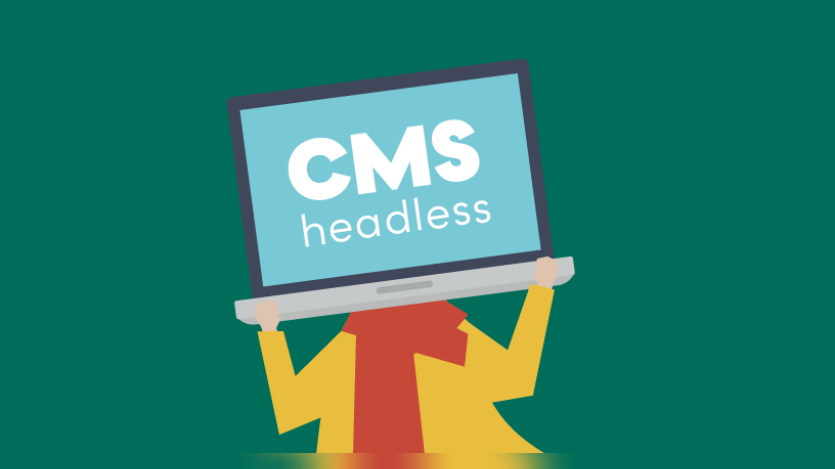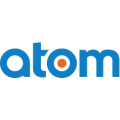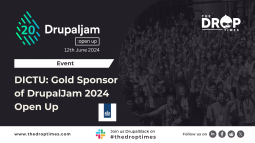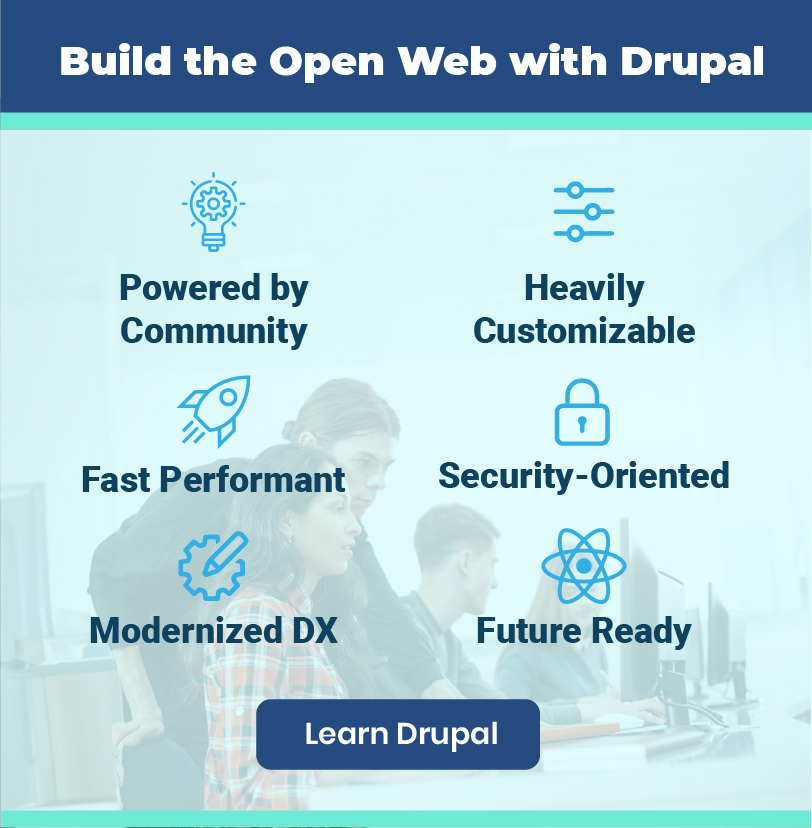Exploring the Pros and Cons of Headless CMS with Drupal
Atom, a Rotterdam-based Drupal Shop in the Netherlands, delves into headless content management systems (CMS), comprehensively exploring the pros and cons. Their latest blog post dissects the three primary setups for a Drupal 10 website: traditional, headless, and decoupled.
While traditional Drupal operates with a coupled approach, where the back-end and front-end are intertwined, a headless CMS separates these layers entirely. This separation allows for unparalleled flexibility, enabling content to be distributed across various channels effortlessly. However, while headless CMS offers unparalleled versatility, it relinquishes control over the presentation layer, requiring additional frameworks like Angular or React to construct the front end. Despite the trade-offs, the increasing demand for multi-channel content consumption makes headless Drupal a compelling option for modern digital experiences.
Source Reference
Disclosure: This content is produced with the assistance of AI.
Disclaimer: The opinions expressed in this story do not necessarily represent that of TheDropTimes. We regularly share third-party blog posts that feature Drupal in good faith. TDT recommends Reader's discretion while consuming such content, as the veracity/authenticity of the story depends on the blogger and their motives.
Note: The vision of this web portal is to help promote news and stories around the Drupal community and promote and celebrate the people and organizations in the community. We strive to create and distribute our content based on these content policy. If you see any omission/variation on this please let us know in the comments below and we will try to address the issue as best we can.




















